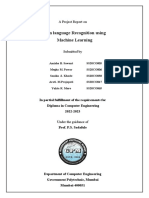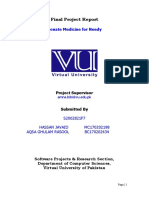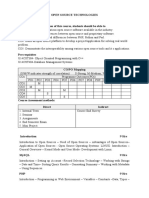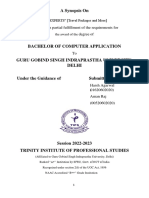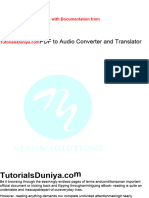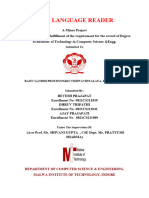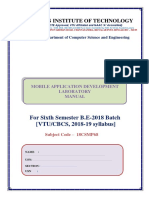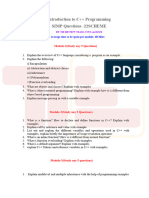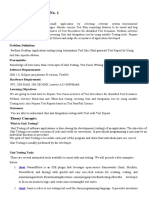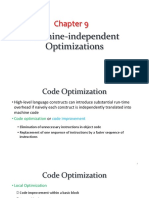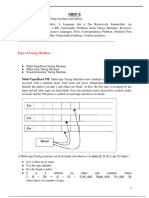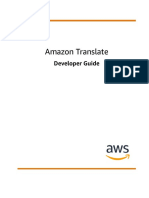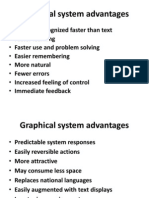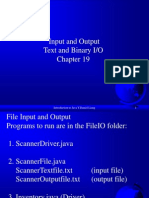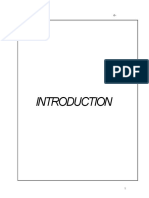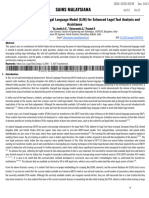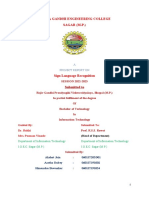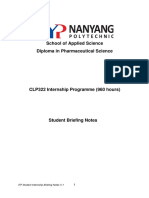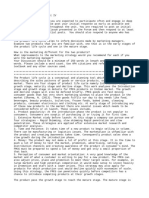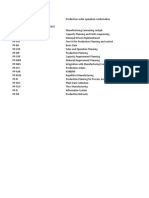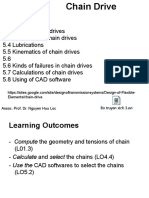0% found this document useful (0 votes)
370 views13 pagesSign Language Recognition
This document summarizes a minor project on sign language recognition created by Lohit Bhardwaj and Nipun Goswami. The project aims to build a platform that can understand sign language and act as an interface between deaf and normal people. It uses Python, TensorFlow, Keras and OpenCV to create a sign detector that can recognize numbers from 1 to 10, with plans to expand the vocabulary. The project goes through implementation, evaluation and discusses future work including adding more features and sign languages.
Uploaded by
lohitCopyright
© © All Rights Reserved
We take content rights seriously. If you suspect this is your content, claim it here.
Available Formats
Download as PPTX, PDF, TXT or read online on Scribd
0% found this document useful (0 votes)
370 views13 pagesSign Language Recognition
This document summarizes a minor project on sign language recognition created by Lohit Bhardwaj and Nipun Goswami. The project aims to build a platform that can understand sign language and act as an interface between deaf and normal people. It uses Python, TensorFlow, Keras and OpenCV to create a sign detector that can recognize numbers from 1 to 10, with plans to expand the vocabulary. The project goes through implementation, evaluation and discusses future work including adding more features and sign languages.
Uploaded by
lohitCopyright
© © All Rights Reserved
We take content rights seriously. If you suspect this is your content, claim it here.
Available Formats
Download as PPTX, PDF, TXT or read online on Scribd
/ 13

